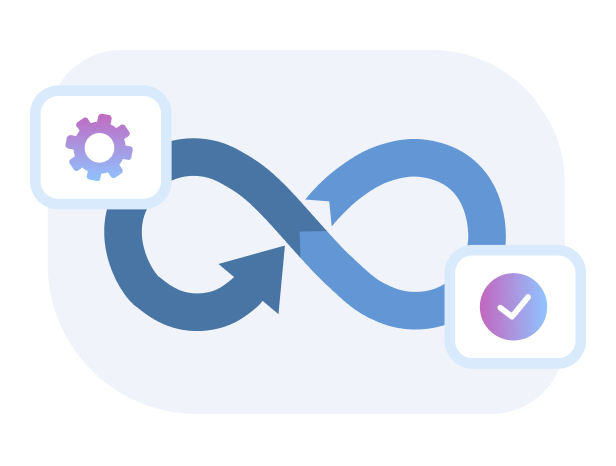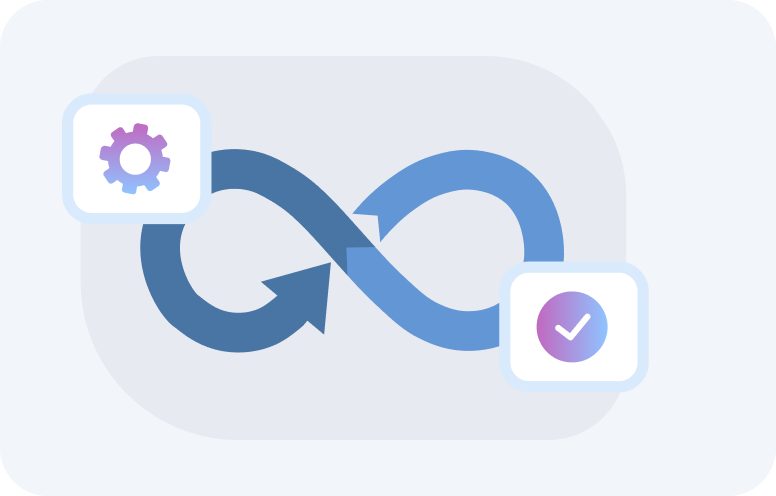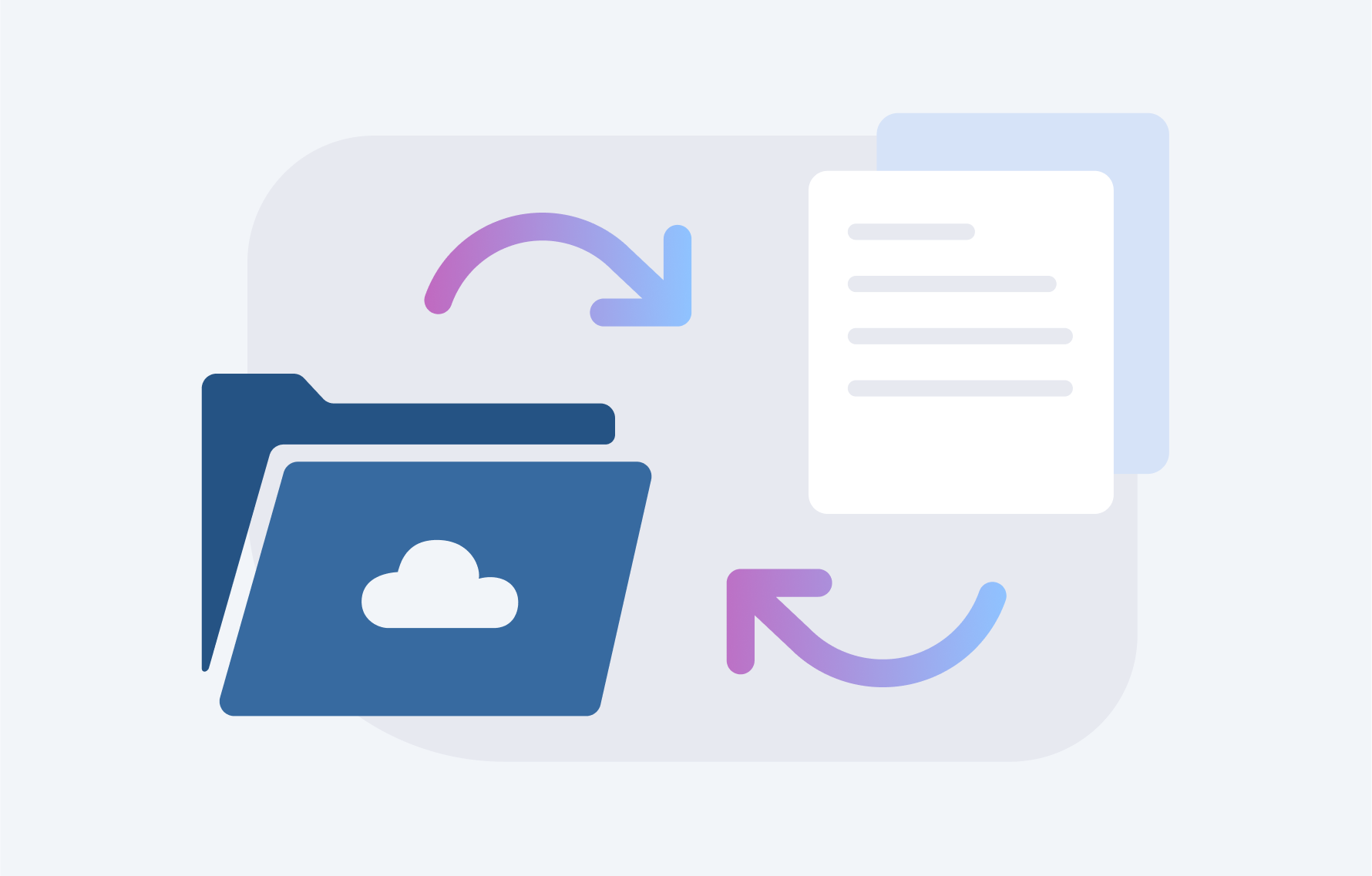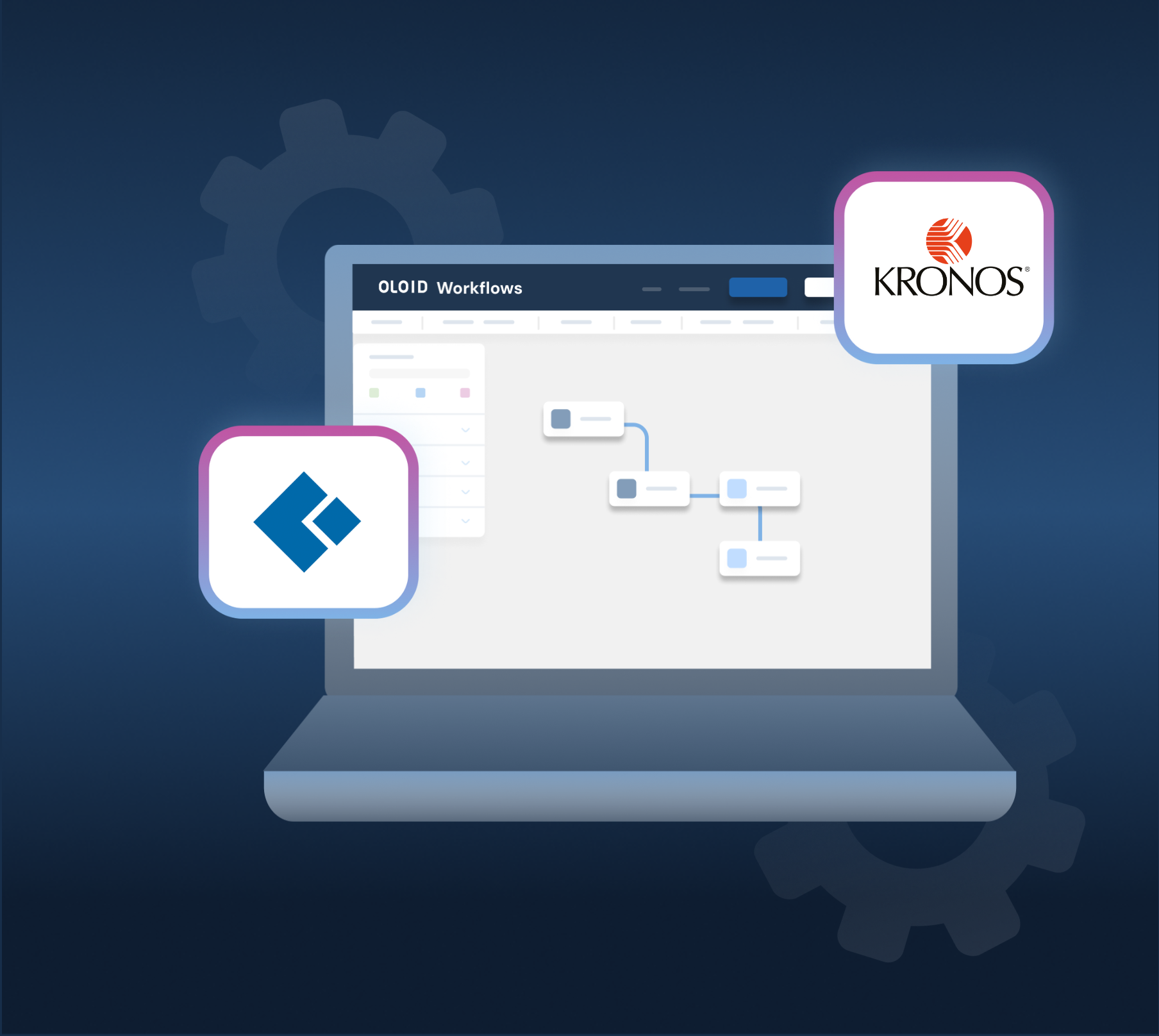Unlock the potential of CEM Systems and Kronos for enhanced workforce management

Unified Workforce Management

Productivity and Service Optimization
Streamlining, saving, and scheduling for operational excellence
Efficiency
Streamline processes and reduce manual data entry to boost workforce management efficiency
Cost Reduction
Minimize errors and eliminate redundant administrative tasks, leading to significant cost savings
Dynamic Scheduling
Utilize real-time data to dynamically adjust employee schedules, optimizing coverage during peak demand periods
Operational Optimization
Enhance operational efficiency through streamlined processes and optimized scheduling strategies
Eliminate manual integration and experience efficiency through automation

Bi-Directional Data Sync

Customizable Workflows

Real-time Notifications
How does the integration work?

Middleware Connection

Bi-directional Synchronization

Automation Workflow

Real-time Communication

Scalable and User-Friendly
Frequently asked questions
The compatibility depends on the specific versions and APIs supported. Ensure that the versions in use are compatible with OLOID Workflows.
Implementation timelines vary based on organizational requirements and system complexities. On average, it can take a few weeks to fully integrate and fine-tune the system.
Yes, OLOID Workflows are designed to handle large datasets, ensuring efficient and timely synchronization between CEM Systems and Kronos.
Yes, the integration follows industry-standard security protocols to safeguard sensitive data, including encryption and secure communication channels.
Absolutely. OLOID Workflows offer flexibility, allowing organizations to modify and expand workflows as business requirements evolve over time.


